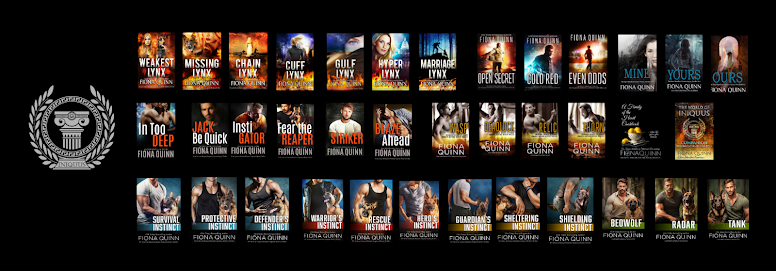Those who have read my previous posts may recall that I’m a long-time comic book nerd. As, in “begged for a Spider-Man comic before I could even read,” comic-book nerd. With that established, it should come as a surprise to no one that I attended a showing of Matt Shakman’s The Fantastic Four: First Steps on opening weekend.
 |
| Marvel’s First Family, Jack Kirby's art/influence |
The story of four individuals, (Reed Richards, Sue Storm, Johnny Storm, and Ben Grimm) forever changed by exposure to cosmic energy during a spaceflight, The Fantastic Four comic-book (here on, FF) debuted in 1967. The book represented an optimistic belief that humanity could think its way out of any challenge, The book also identified a key component to civil/societal advancement: family.
 |
| Love at first sight. |
It’s a great message but it wasn’t what first drew my attention to the title. Nine-year-old me was blown away by FF #200 and Doctor Doom, (with a passing resemblance to Darth Vader) going toe-to-toe with Reed Richards, (stretchy guy in blue). I had seen the title before as well as the old Hanna-Barberra cartoon series. But issue #200 was the one that caught my eye.
Exciting, with a scary villain. The action and resolution made sense. All rare things in comic book land. But there was something missing…
 |
| Her accomplishment, still has to praise husband ~sigh~ |
Invisible who?
Comic books have always been imperfect and FF was very much an imperfect title of its time. Nowhere was this more evident than Sue Storm’s Invisible Girl (more on that).
As DCCreators, Stan Lee and Jack Kirby, gave Sue/IG short shrift. Much like other early Marvel heroines, The Wasp and Marvel Girl, The Invisible Girl was often written as the imperiled sidekick, or the imperiled weak-link, or imperiled romantic-interest.
Unfortunately, this (women as plot device) was par for the course at the time. And it remained that way for almost twenty years. When Sue stepped beyond the role of Reed Richards cheerleader or FF denmother, it was not through agency but through beauty.
 |
| It was either Sue or dude in the toga |
Sue did stop Galactus, (literally eats planets)...by turning Galactus’ love-struck herald, The Silver Surfer, against big G. When Namor, (the big-bad from Wakanda Forever) decides on war against the surface world, he first kidnaps Sue and then spends the next two decades trying to woo her. Dude really has odd ideas about courtship.
 |
| Sue, exercising her agency |
But times change. Sales changes a lot more and much faster.
 |
| Disinclined to acquiesce to be imperilled |
The X-Men comic book predates the FF by about four years. Unlike Marvel’s First Family, the X-Men struggled, was even cancelled and ultimately resurrected to shaky results. Then a new writer took over.
Chris Claremont had entirely different ideas about what comic books—and female characters—should be about. He punched up the female characters, gave them agency, (ideas, goals, fears, independent of men). As a result, in the course of about three years, The X-Men went from one of Marvel’s lowest-selling titles to the single most successful title in Marvel’s history.
As cable television and video game consoles became more prevalent, (male) comic book readership declined. But female readership climbed. Women saved The X-Men and women saved comic books—especially as more women began to write comic books.
Which brings us back to Sue Storm in the movie. Screen writer Kat Wood, (et al) wrote a fully realized woman. Here, Sue is introduced as a scientist. She negotiates a peace treaty with a subterranean nation. Even addresses the UN General Assembly. Yes, she loves her husband and her family but she is more than wife, sister, and mother. She is a thinker and a problem solver, a nurturing peacemaker, and a valiant fighter.
 |
| Like. A. BOSS. |
Most importantly, Sue stands up to her husband as readily as she stands up to the villain. And by the time they get around to dealing with Galactus, Sue is good and over Reed and his sh—super intellect driven, near-pathological anxiety.
Sue takes charge of the battle plan and the unimaginable risk. And like the strongest heroes, she offers her very life for those she loves. For all that she loves.
This is why your story matters: perspective, experience, and imagination, beyond what has gone before. The damsel who saves herself, (Aria Stark in George R.R. Martin’s Game of Thrones series) the boss baddie who saves herself and the guy, (Inej in Leigh Bardugo’s GrishaVerse) and the woman of courage and integrity who stands on her own intellect, (Gaal in David Goyer and Josh Friedman’s Foundation)—we all want, NEED, those stories.
When you infuse the story with your dreams, fears, and insight, you give one of those 6 or 7 stories evolved life. Best of all, you give someone who needs that story a chance of seeing themselves in strength and light. That is what the best stories do.
The Fantastic Four: First Steps is a lot of fun whether you’re a fan of the comic books or not. I can’t wait to see it again.
Check it out.
I own none of the photos above. All are used for instructional/educational purposes, as covered by the Fair Use Doctrine.



No comments:
Post a Comment